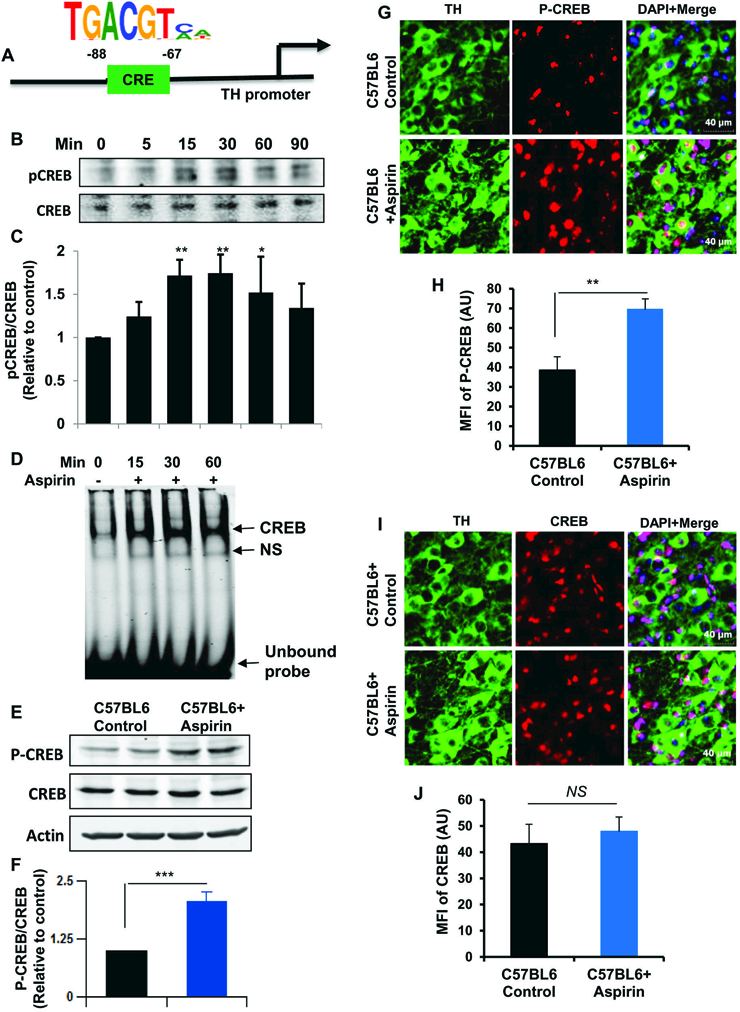Figure 8. Aspirin induces the activation of CREB in MN9D neuronal cells and in vivo in the nigra of C57/BL6 mice.

(A) Position of CRE in the mouse TH gene promoter. MN9D neuronal cells were treated with 2 µM aspirin for different min under serum-free conditions followed by monitoring the level of phospho-CREB (pCREB) by Western blot (B). Graph represents densitometric analysis of pCREB protein levels normalized to total CREB (loading control) (C). Results are mean ± SD of three independent experiments. **p < 0.01 vs control; *p < 0.05 vs control. D) Cells were incubated with 2 µM aspirin for different min under serum-free conditions followed by monitoring the DNS-binding activity of CREB by EMSA. E) Male C57/BL6 mice (n=5 per group) were treated with aspirin (2 mg/kg body wt/d) mixed in 0.5% methylcellulose orally via gavage. Control mice received 0.5% methylcellulose as vehicle. After 7 d of treatment, the level of phospho-CREB and total CREB was monitored in the SNpc by Western blot. F) Bands were scanned and values (P-CREB/CREB) presented as relative to control. Results are mean + SEM of five mice per group. ***p < 0.001 vs control. Nigral sections were double-labeled for either TH & P-CREB (G) or TH & CREB (I). Mean fluorescence intensities (MFI) of P-CREB (H) and CREB (J) were calculated in two sections (one image per section) of each of five mice per group. **p < 0.01 vs control (H); NS, not significant (J).
